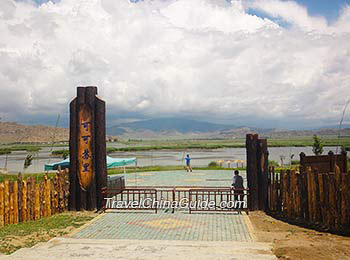On the Executive Board meeting of the UNESCO on May 5th, 2017, two scenic spots of China, namely
Keketuohai National Park in Xinjiang and Arxan National Geopark in Inner Mongolia, have been announced as global geoparks. Six other sites passed the review as well, including Comarca Minera and Mixteca Alta in Mexico, Causses du Quercy in France, Cheongsong in the Republic of Korea, Las Loras in Spain and Qeshm Island in Iran.
With the eight additions this year, the number of world geoparks totaled 127 from 35 countries and regions.
At the same time, the executive board approved the expanding applications of Zigong and Leiqiong global geoparks respectively in Sichuan and Haikou of China.
Features of Keketuohai and Arxan
In Kazak, Keketuohai means a green forest; while in Mongolian, it means a blue river. As the name implies, it is a mountainous town with Eerqisi River running through the heart. No. 3 Pit inside the park has an abundant deposit of minerals up to 80 kinds, praised as a natural geological mineral museum. About 10 kilometers (6 miles) from the town, there is a grand seismic fault line rarely seen in the world. The unique geographic features and stunning scenery contribute to the reputation of Keketuohai as a geological park.
 |
| Keketuohai National Park |
|
 |
| Cocoa Sullivan Wetland in Keketuohai |
|
Arxan National Geopark backed on the Greater Khingan Mountains features on heavenly lakes, volcanic clusters, hot springs, and granite stone forests. The landform there is unique and diversified. No wonder that it is called an encyclopedia on geographical development of north China.
Background Information about UNESCO Global Geopark
UNESCO global geopark network was first launched with the support of UNESCO in 2004, aiming at facilitating the cooperation between geological heritage experts and park staff and promoting the awareness of natural disasters and global climate changes.
On Feb. 13, 2004, eight sites of China, including the
Yellow Mountain,
Zhangjiajie Wulingyuan Scenic and Historic Interest Area, and
Mount Lushan were selected as world geoparks. In June 2004, the first World Geopark Conference was held in Beijing.

